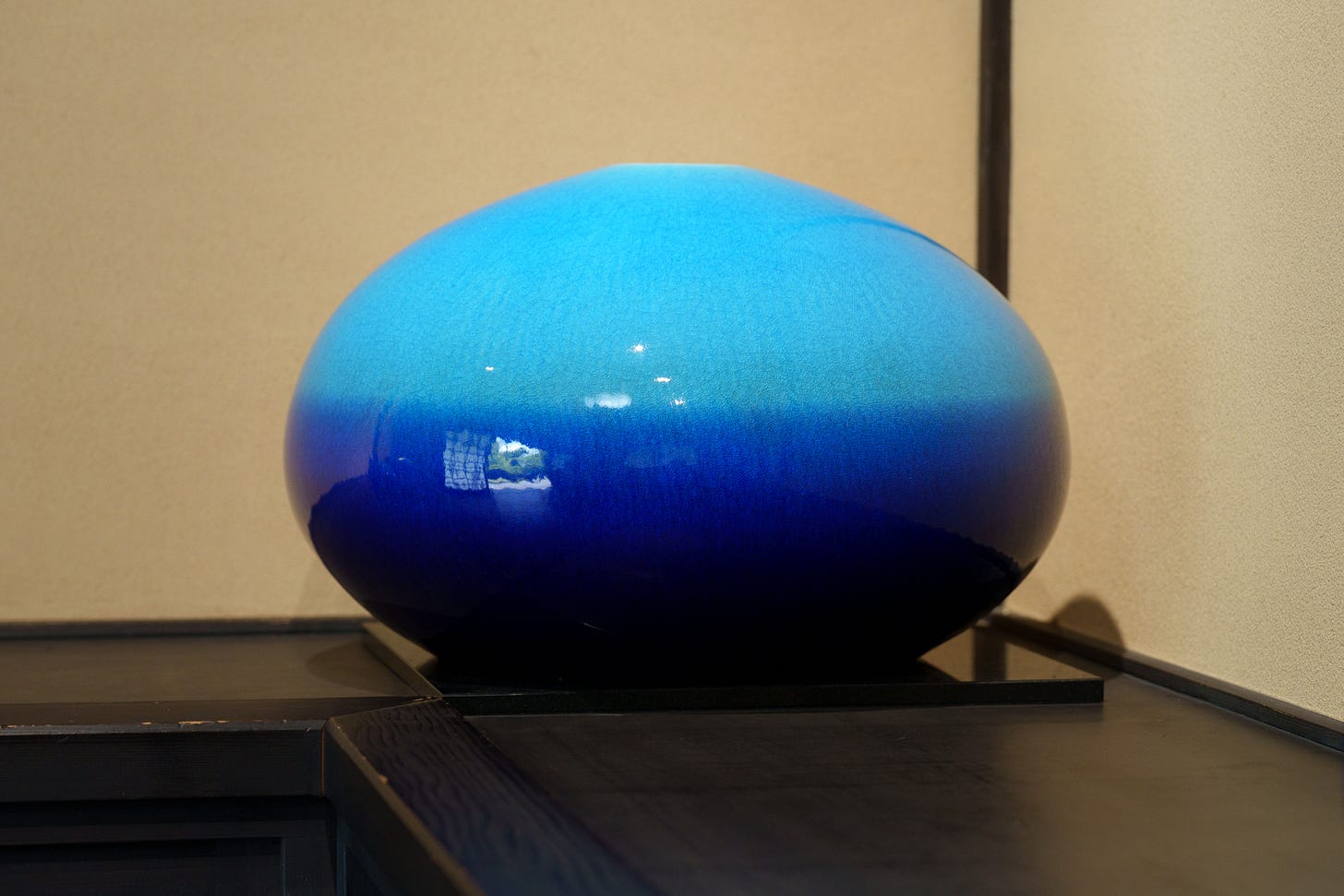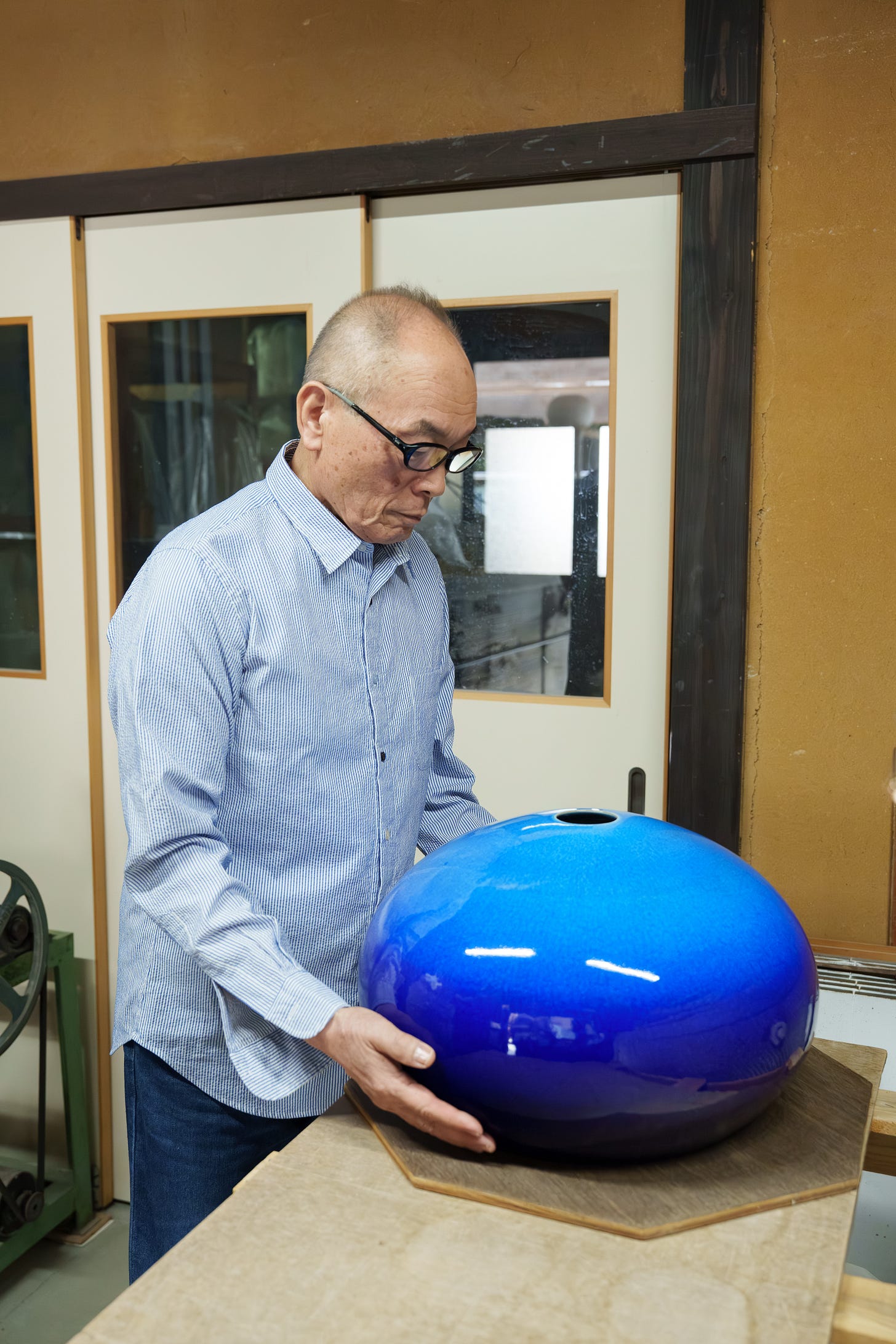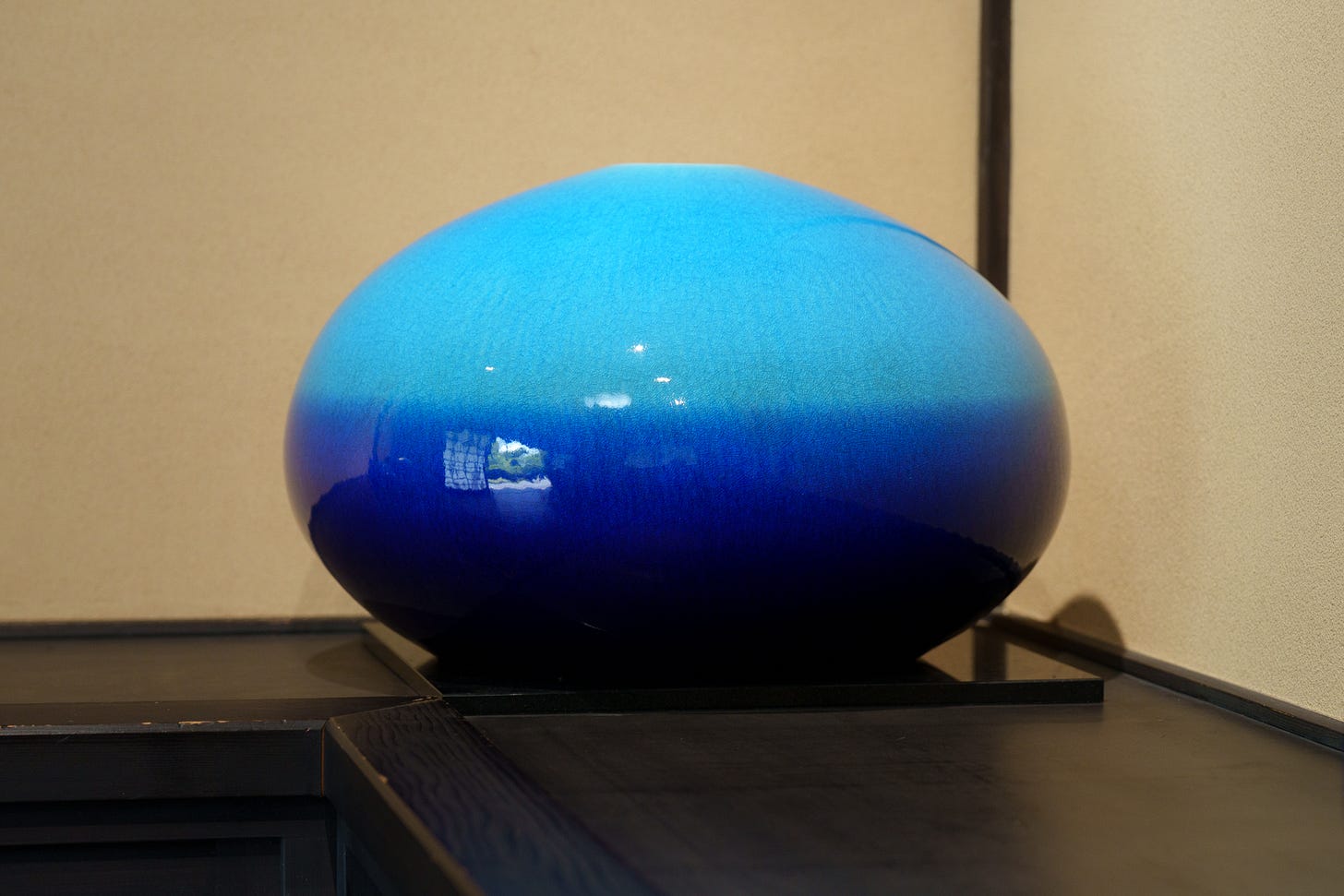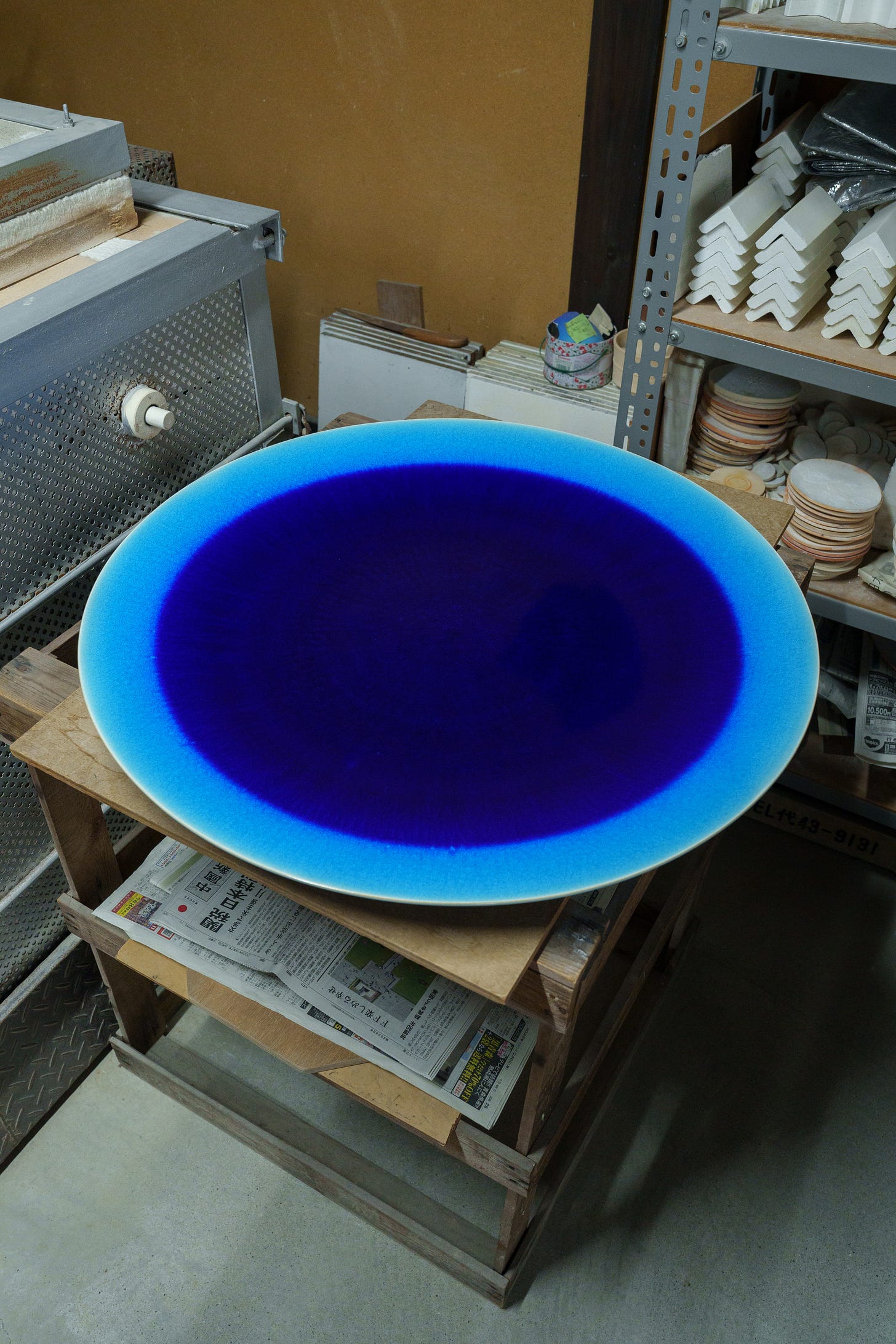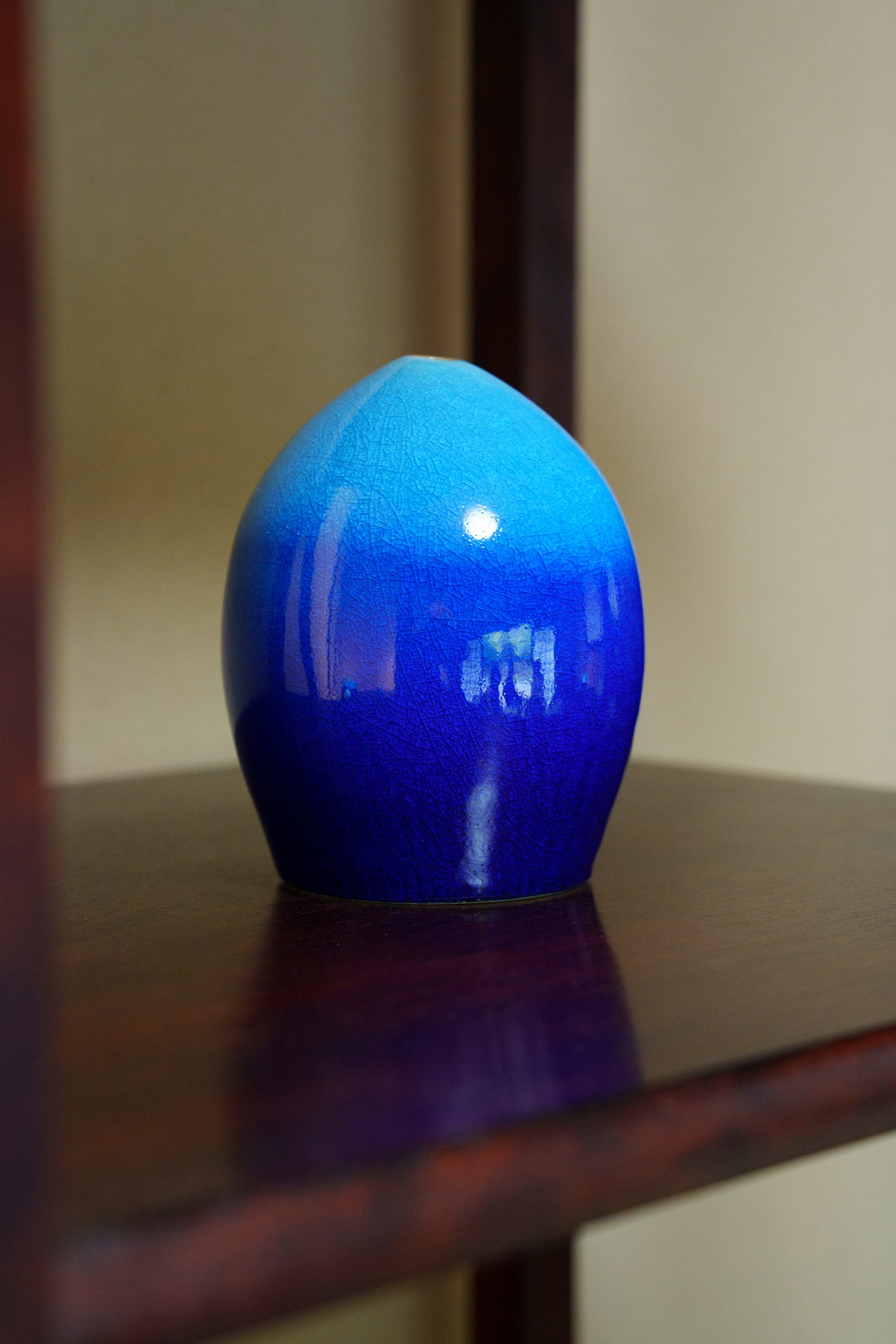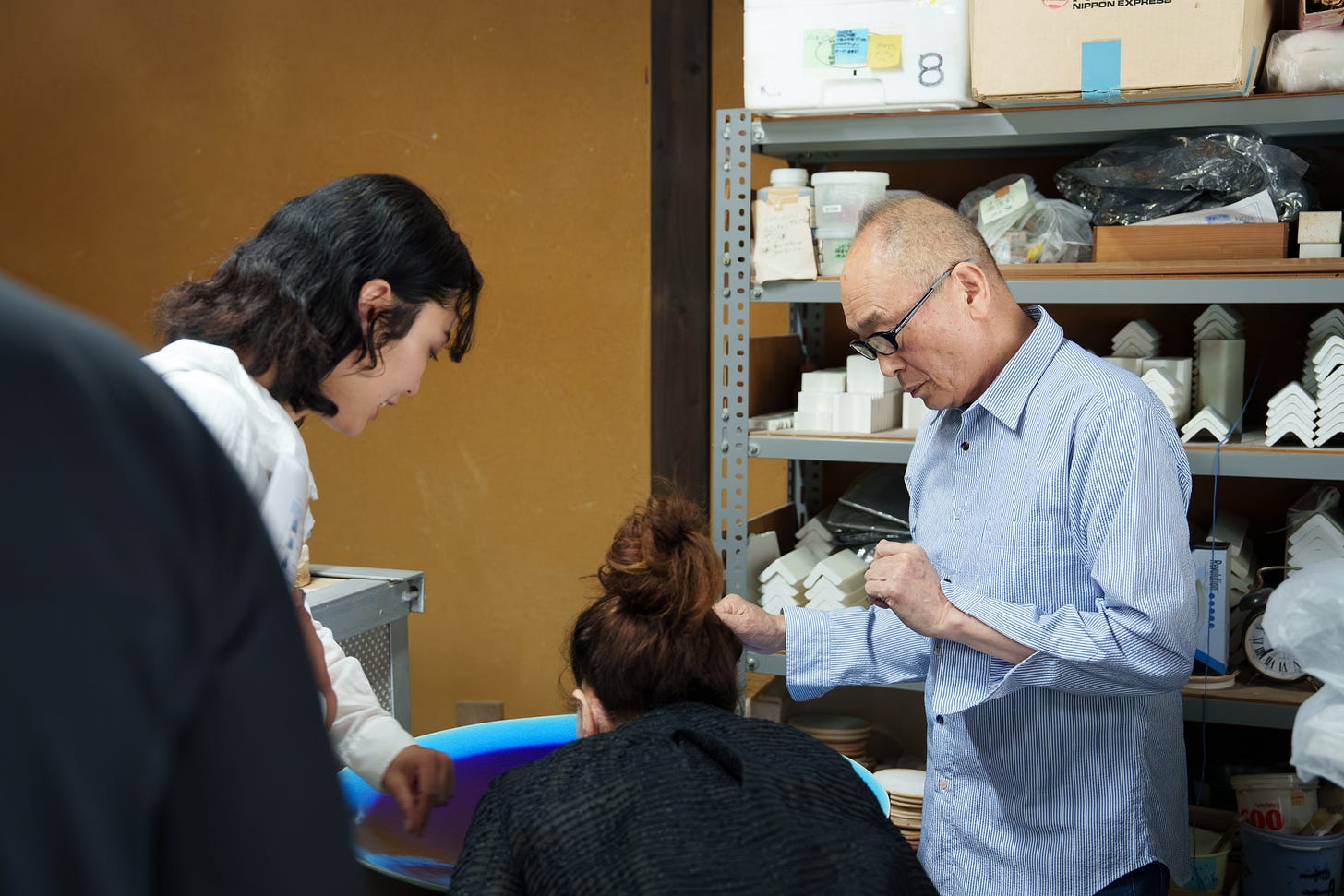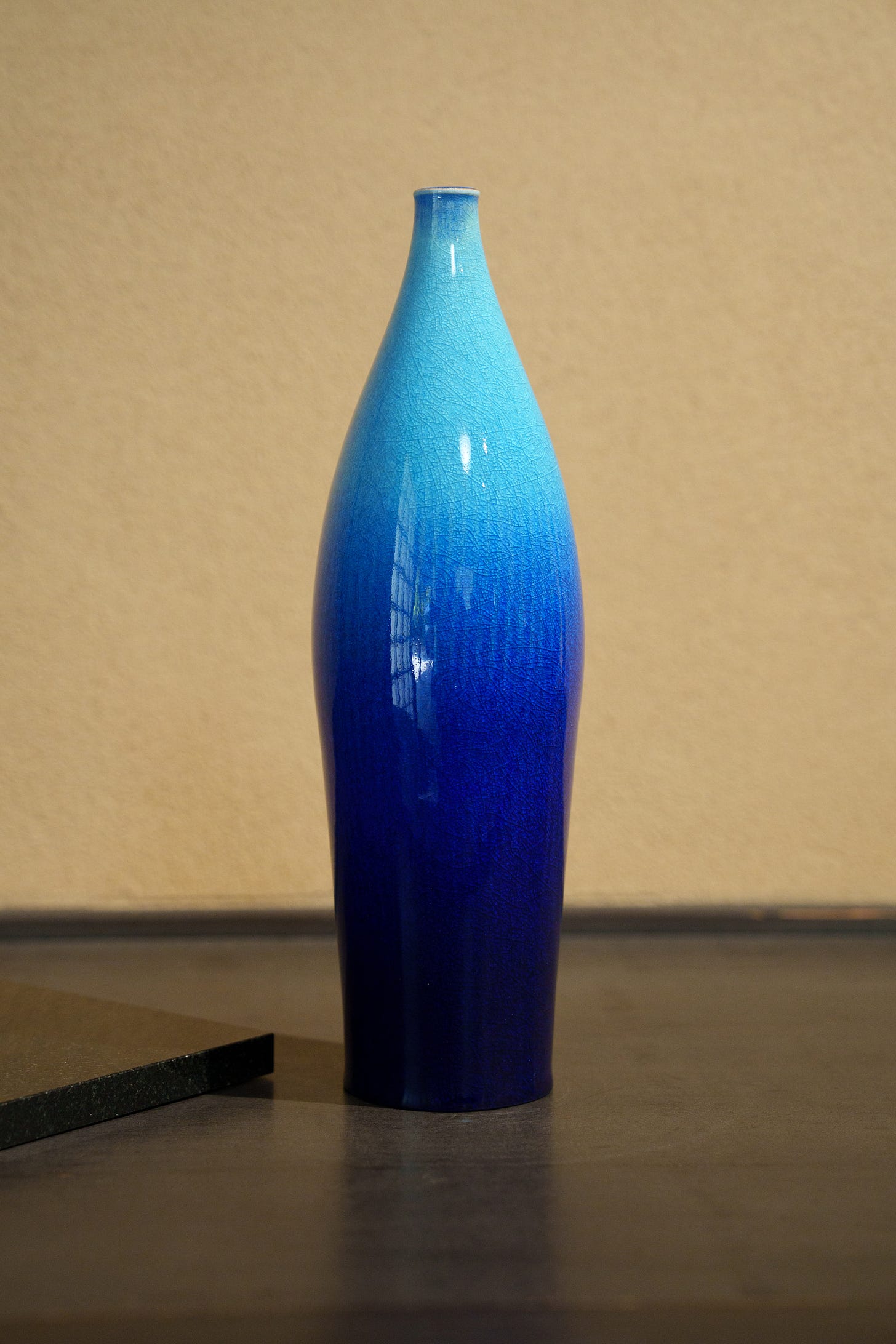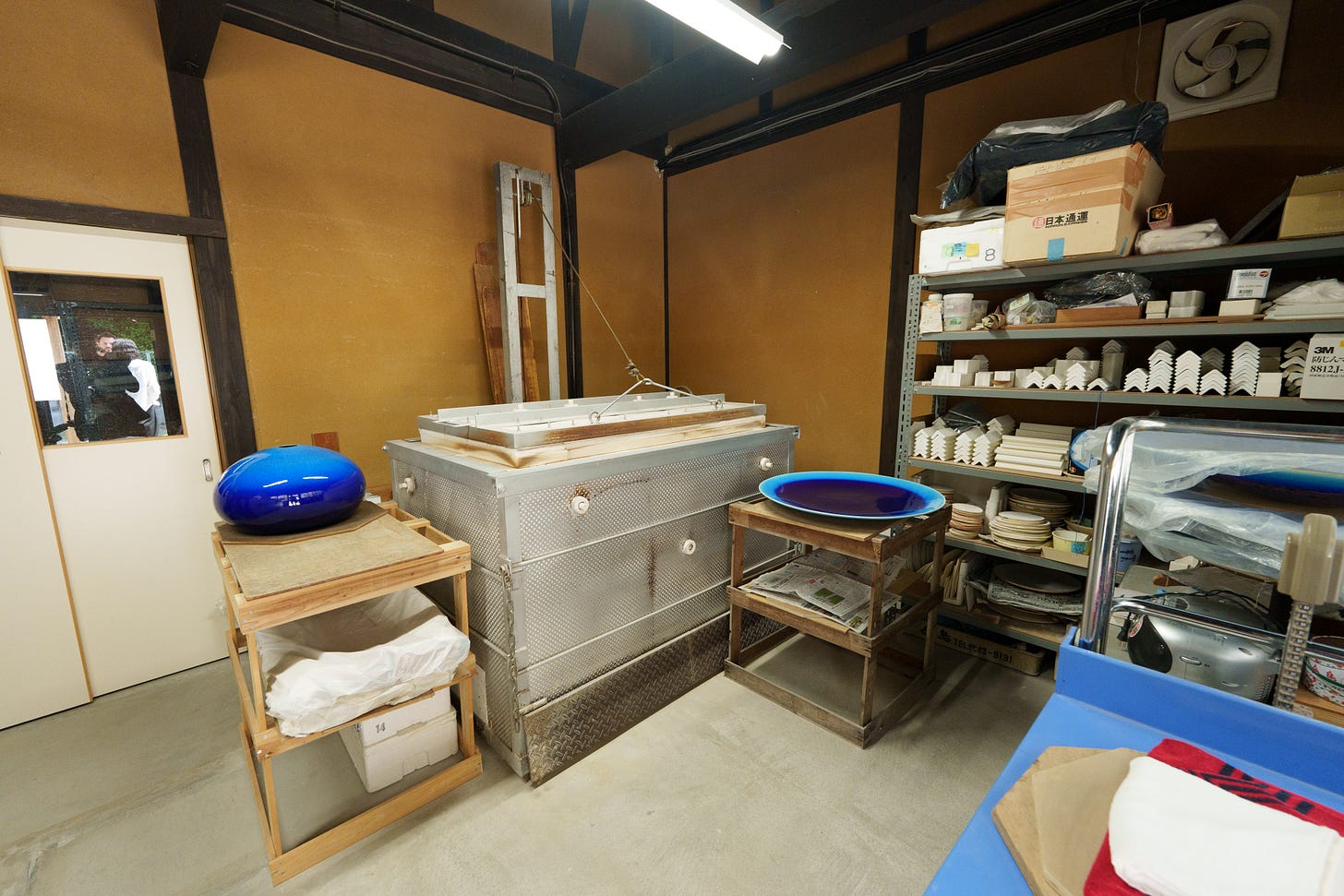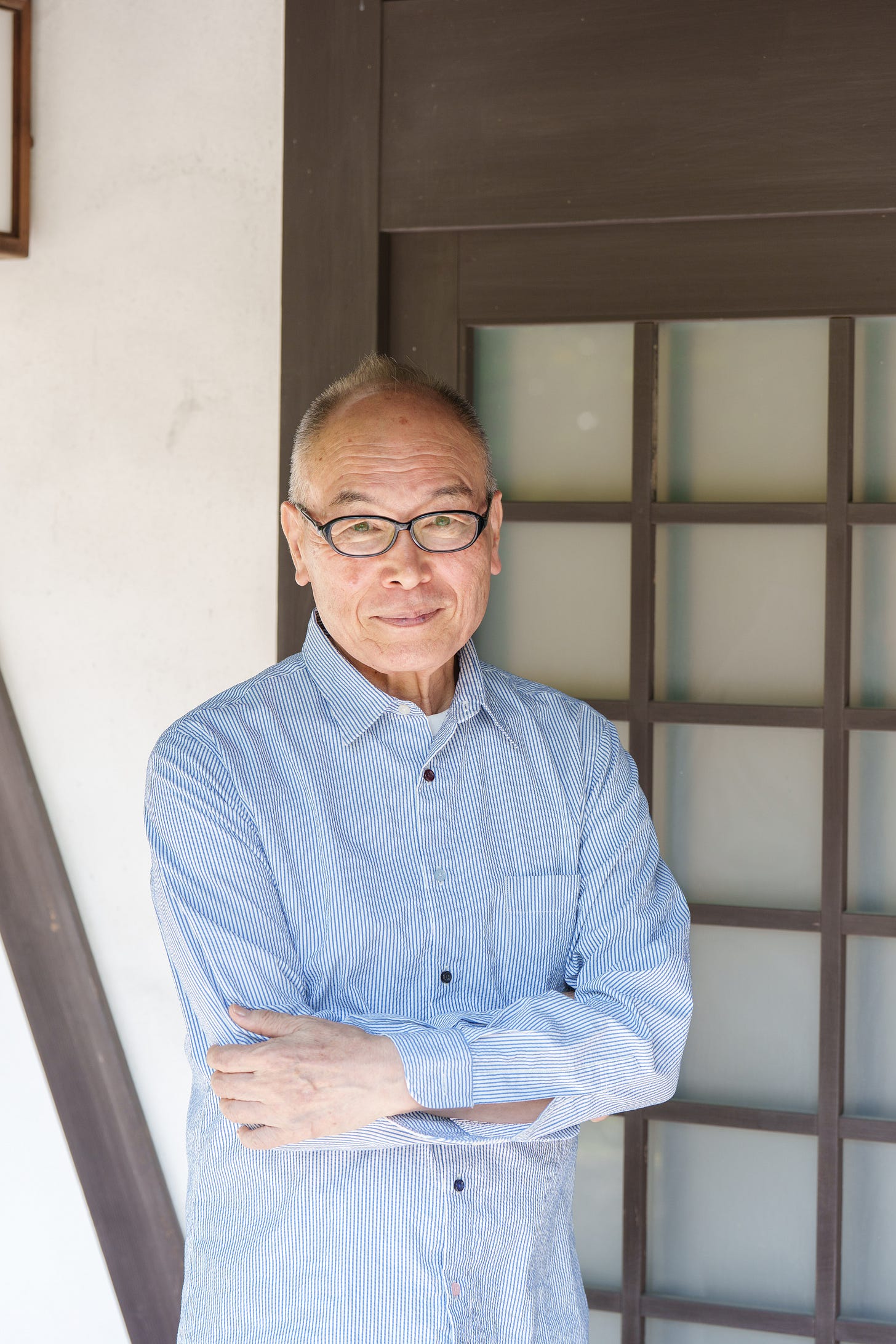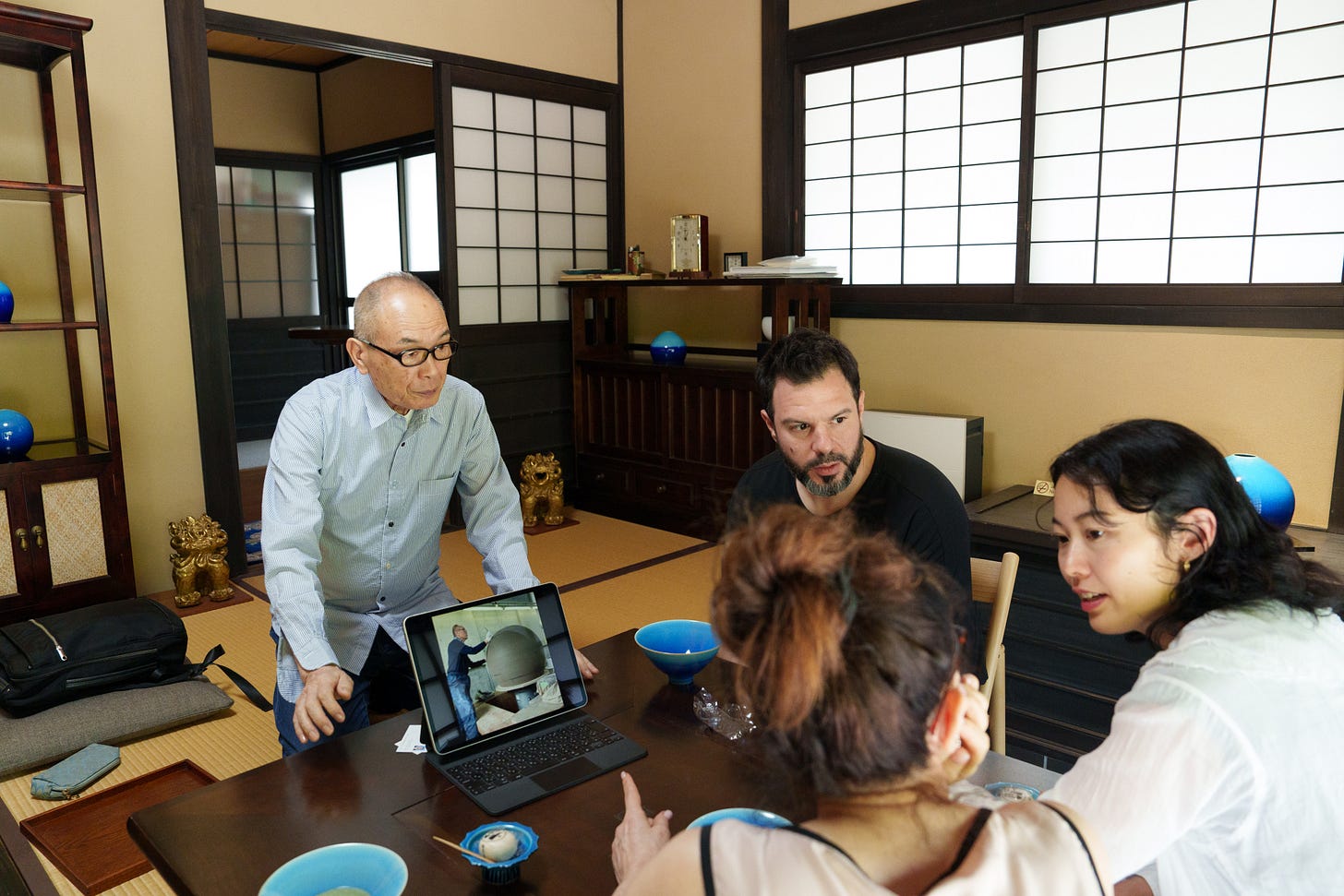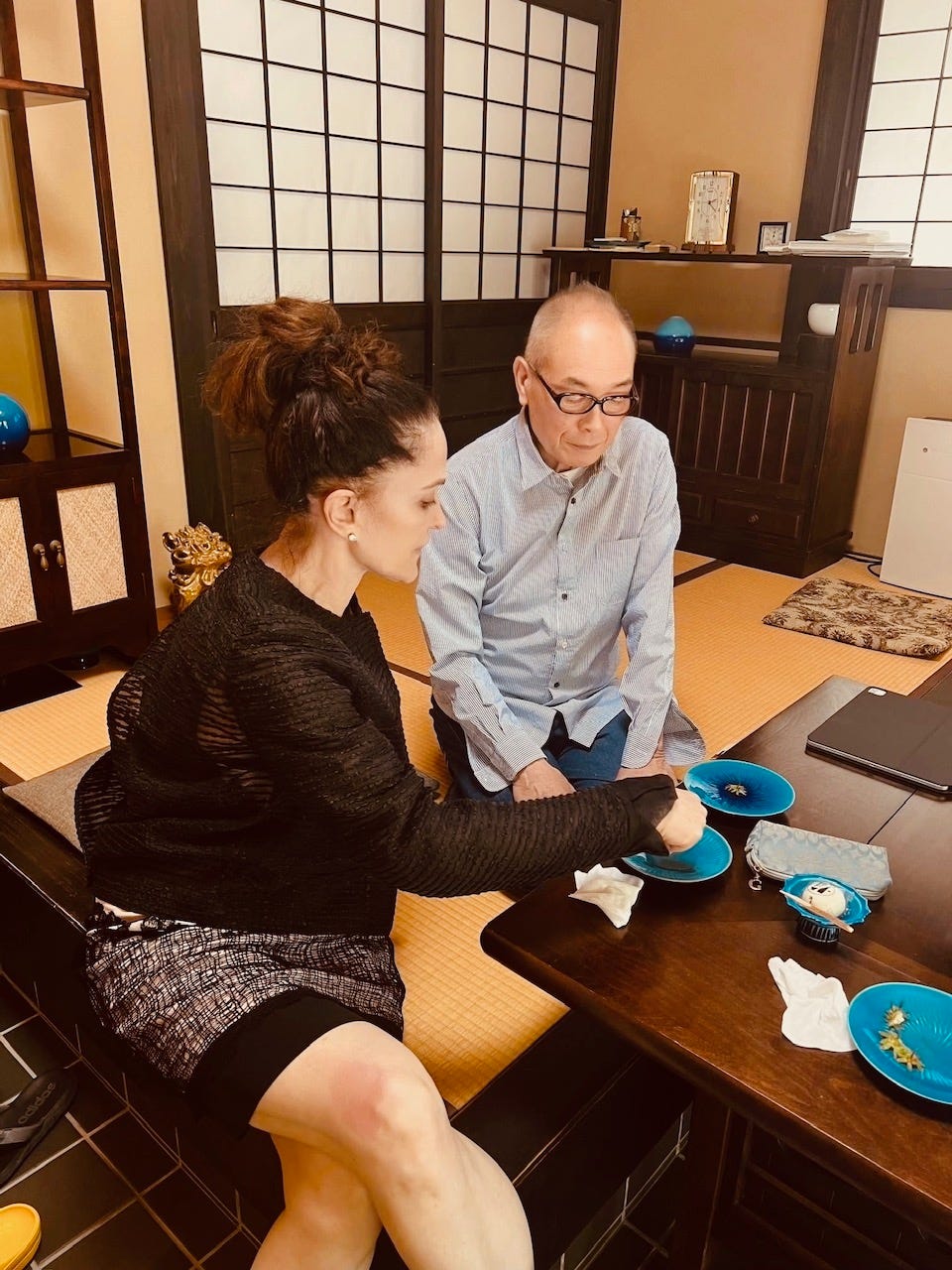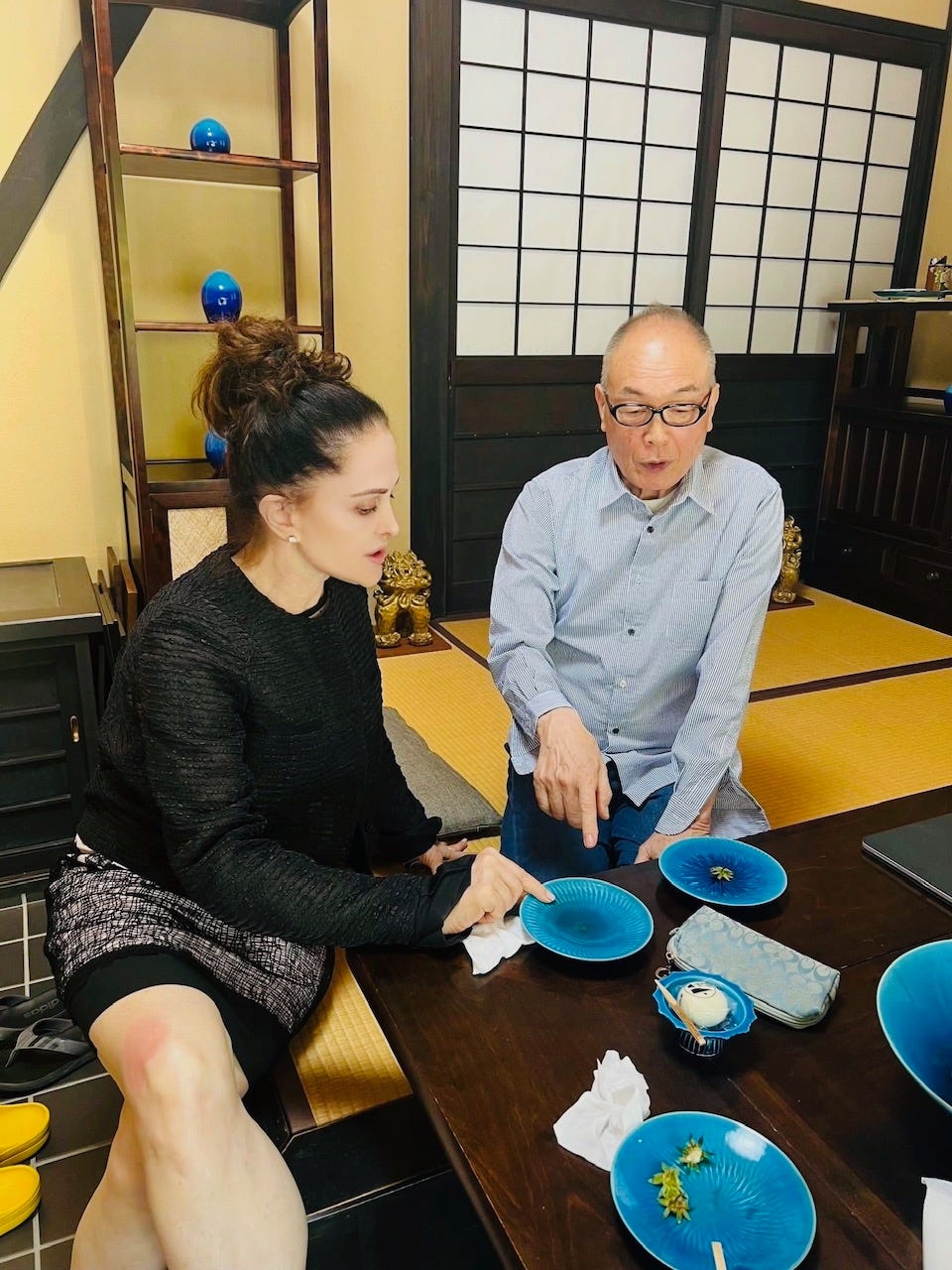Poetic Kogei
Yoshiro Kimura: Zen and Memories in Clay
Poetic Kogei
Among the most substantial achievements of contemporary kogei, which not only bring it to the heart of the contemporary art world, but also signify the ability to rethink traditions, is the transformation from the utilitarian to the poetic. By creating objects and sculptures in the mediums of the crafts—clay, glass, lacquer, bamboo, wood—which are fresh, surprising, and replete with narratives, the artists included in this chapter succeed in evoking an emotional reaction and an aesthetic experience on a level unknown in historical kogei. In the same way that poetry evokes stronger emotions than plain text, so too do the new Japanese crafts demonstrate an incredible and lasting impact. Whereas it is metaphors that convey deep meaning (or abstractions that capture experiences, spirituality, and emotions), the mediums of kogei—clay, glass, bamboo, fiber—powerfully transcend pure emotions.
Yoshiro Kimura (b. 1946)
While for award-winning ceramic artist, Yoshiro Kimura, the memories of his travels through Hawaii have shaped the language of his clay sculptures, the core of his oeuvre is rooted in the heritage and tradition of Japan’s porcelain and the spiritual ritual of the tea ceremony. He is an intellectual and a world traveler who stands on the boundary between the global, which has greatly inspired him, and his own Japanese heritage. In his sculptures, Kimura seeks to recreate that breathtaking nature he experienced in Hawaii, by using glazes in the deepest blue, representing the iconic ocean water and sky. Just like the landscapes they represent, his sculptures are vibrant and energetic, and are quite captivating under the bright sunlight. They are unlike any other—blue, deep, brilliant, rich beyond words—and they are poetic for the magical expression of the dramatic ocean waves and the for the emotional experience they come to evoke.
At his home and studio in Hiroshima City, where Kimura and his wife hosted me over a bowl of matcha and sweets, he shared his life story and vision. In his deep-blue tea bowl, matcha looks and tastes awesome. He has developed and perfected his language over decades, creating not only personal bold blue and minimalist forms to perfection, but also a unique and poetic expression in porcelain. It is the tranquil of Zen experience associated with an inner calm, and peaceful existence that he embraces and expresses in his sculptures. They are mysterious, yet they evoke those certain feelings as he succeeds in conveying his own experience to his viewers. The vessel is his primary focus, and his sculptures are thrown on the wheel before they are etched with small repetitive motifs, which look like ink strokes; their surfaces are covered with his signature layered blue glaze, often referred to as ‘Kimura Blue.’ It is when falling in love with the ancient ceramics from Persia, he says, that he became obsessed with finding his own blue, the method of which he keeps secret. With the individualized expression, poetic results, and reinvention of clay art in his own voice, Kimura is the embodiment of the contemporary Japanese kogei artist.
He is nearly 80, but his work keeps evolving, as he continuously pushes boundaries as he develops. His upcoming solo exhibition, which will open this fall at Tokyo-based gallery, A Lighthouse called Kanata, will feature his largest and most ambitious pieces to date. They don’t only look like totems of spiritual significance, but they are deconstructed in the freshest and most surprising mode. It is thanks to his practice of mixing stoneware within the porcelain that he is able to create works on an enormous scale. Only when you look deeply into the bold blue are you able to travel to other worlds—not by looking at photos—because photography cannot capture the experience and the full depth of sensation of Kimura’s work. His sculptures are harmonious, delicate, elegant, and majestic, just as one would expect from a Japanese artist, but they are also mysterious and captivating, and at the same time represent innovations and departure from conventions.
Photography by © Takuro Kawamoto.
This visit was made possible by A Lighthouse called Kanata.



